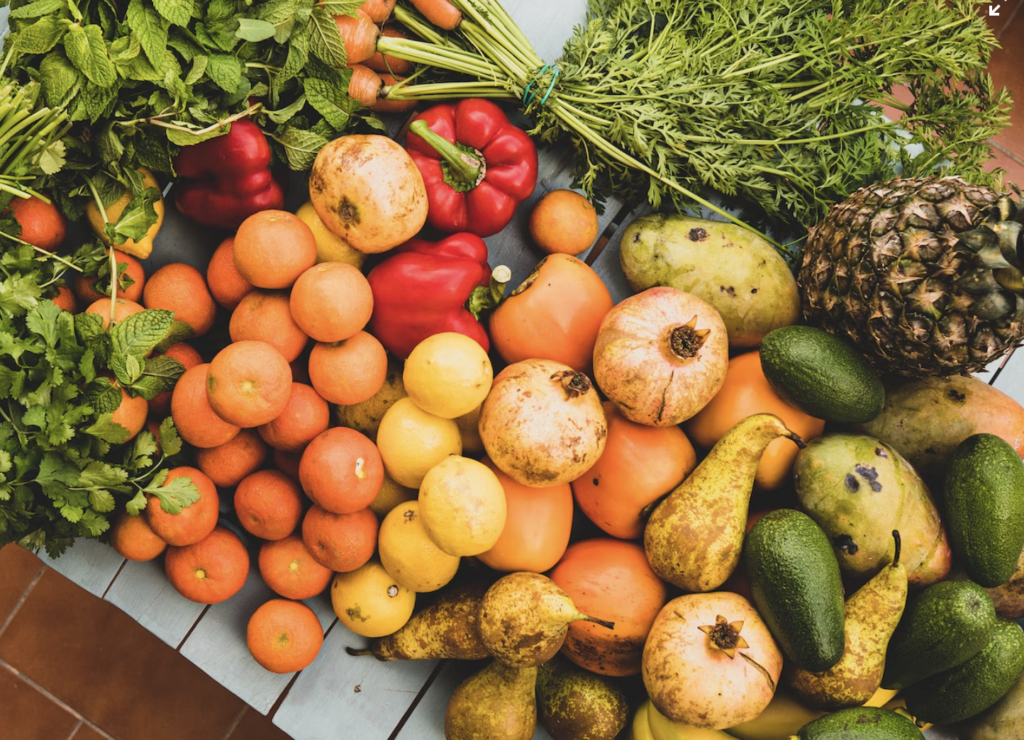Why Researchers Want To Revamp The Global Food Program
Over 340 million people across the world suffer from food insecurity, leading researchers to want to revamp the Global Food Program, their strategy includes reducing global food competition by changing what livestock is fed.
This article is more than 2 years old
Food insecurity is a massive issue worldwide, but the problem stems not from overpopulation but from a flawed system. Researchers suggest reorganizing the global food program would alleviate the hunger crisis or at least mitigate its increasing effect. The United Nations World Food Program reported that over 340 million people suffer from acute food insecurity today, with many of these people on the “brink of starvation.”
One of the main ways the World Food Program thinks we can reduce the hunger crisis is by switching the feed for livestock worldwide. Commonly, cereal crops and fish are used to feed livestock like chickens and cows, but that food could be used as a food source instead. Cattle could eat more products humans can’t or don’t usually consume, like sugar beets, citrus pulp, and crop residue. Researchers agreed that performing this crop switch could increase the global supply by 13% in calories and 15% in protein.
Though a 15% increase doesn’t seem like much, upping the global supply by a small margin could feed a billion more people worldwide. Vilma Sandström, a postdoctoral researcher at Aalto University and one of the authors of this food study, believes that it is imperative to “reduce food-feed competition” and swap out the necessary ingredients humans need that are given to livestock instead. Shifting how chickens and cows eat worldwide could drastically change the course of the hunger crisis, allowing many more people to consume comfortably and sufficiently without the threat of starvation.
There have been many contradictory studies about the global food program and how changing livestock feed could benefit the public. One study in 2017 found that 86% of dry livestock feed was unconsumable to humans, mainly comprised of residue and human byproducts. But, this recent 2022 study found that the extra 14% could be allocated towards a worldwide food supply and drastically diminish families’ food insecurities.

Matti Kummu, an associate professor at Aalto University and co-author of the study, corroborated the idea that boosting the global food supply by a minimal margin could benefit millions of people. Providing more byproducts as livestock feed could increase the food supply by “one quarter,” which is a humungous amount of people. Though it’s hard to reframe worldwide agricultural practices, mainly when large, profit-driven corporations dominate them, it’s satisfying to know that a tiny shift in livestock feed could lead to vast benefits.
One issue people might have by restructuring this global food program is the ethics of feeding living creatures human byproducts. Researchers note that livestock are already fed crop residue worldwide, so multiplying people’s food supply would only require farmers and companies to change their feed percentages. All researchers are asking is for farmers to provide a higher fraction of human byproduct and residue to their cows and chickens instead of dominating their feed with consumable human food.
These researchers agree that a change in how humans eat would have to occur to achieve this livestock feed switch achievable. The fish used for cow feed are often bony, small, and not consumed widely by humans. Perhaps, a new method of canning or curing these small fish like anchovies or sardines could make them palatable to humans, which would help curtail the current hunger crisis.



